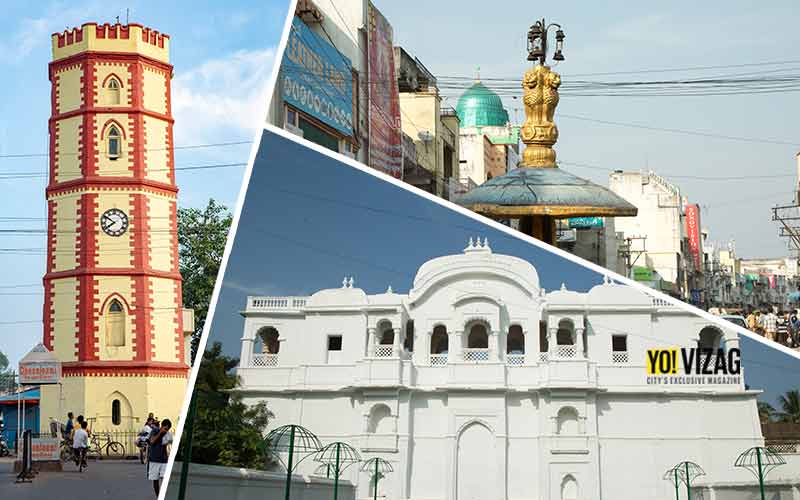A rich mosaic of heritage and culture, Vizianagaram translates to mean the ‘City of Victory’. The history of this ancient kingdom is coloured with tales of many battles, subjugation and victories. Home to eminent personalities, iconic structures and monuments that have stood the test of time, the city is a delight to the soul. Bridging the traditional with the contemporary, Vizianagaram retains its character, as temples and Buddhist establishments stand along with various aspects of modernity.
While the present district of Vizianagaram is a nascent one, formed on July 1, 1979, the legacies that the ancient region holds are aplenty. Located 50 km from Visakhapatnam and 67 km from Srikakulam, Vizianagaram, in the state of Andhra Pradesh(AP) beckons with its old-world charm and many stories.
Places to see in Vizianagaram, Andhra Pradesh
Incredibly diverse, the town of Vizianagaram in Andhra Pradesh is dotted with captivating structures. The grand Vizianagaram Fort occupies a place of pride over a stretch of 25 acres. An octagonal Clock Tower (Gantasthambam), inspired by the Big Ben of London, rising to a height of 68 feet, was built in 1885. It is located very close to the fort, right in the heart of the city. A 200-acre man-made lake (Pedda Cheruvu) with a park around it, paints a scenic picture. Beside the lake is a grand temple built by the Pusapati Royalty.
Furthermore, to assist travellers at night, the Gajapathi Kings had sanctioned the ‘Three Lanterns Junction’. This junction in the City of Victory literally has three lanterns guiding travellers towards three significant places – one towards the fort, the second towards the erstwhile Phool Bagh and the third lantern towards the Clock Tower. The region’s tryst with Buddhism is also very evident – Gurubakthakonda, a hill with the ruins of the 19 feet high Buddhist Mahastupa lies on the outskirts of the town. Steeped with a glorious past, and with growing infrastructural development, Vizianagaram, in Andhra Pradesh has still been able to retain its historical character much to the fascination of its visitors.










Discussion about this post